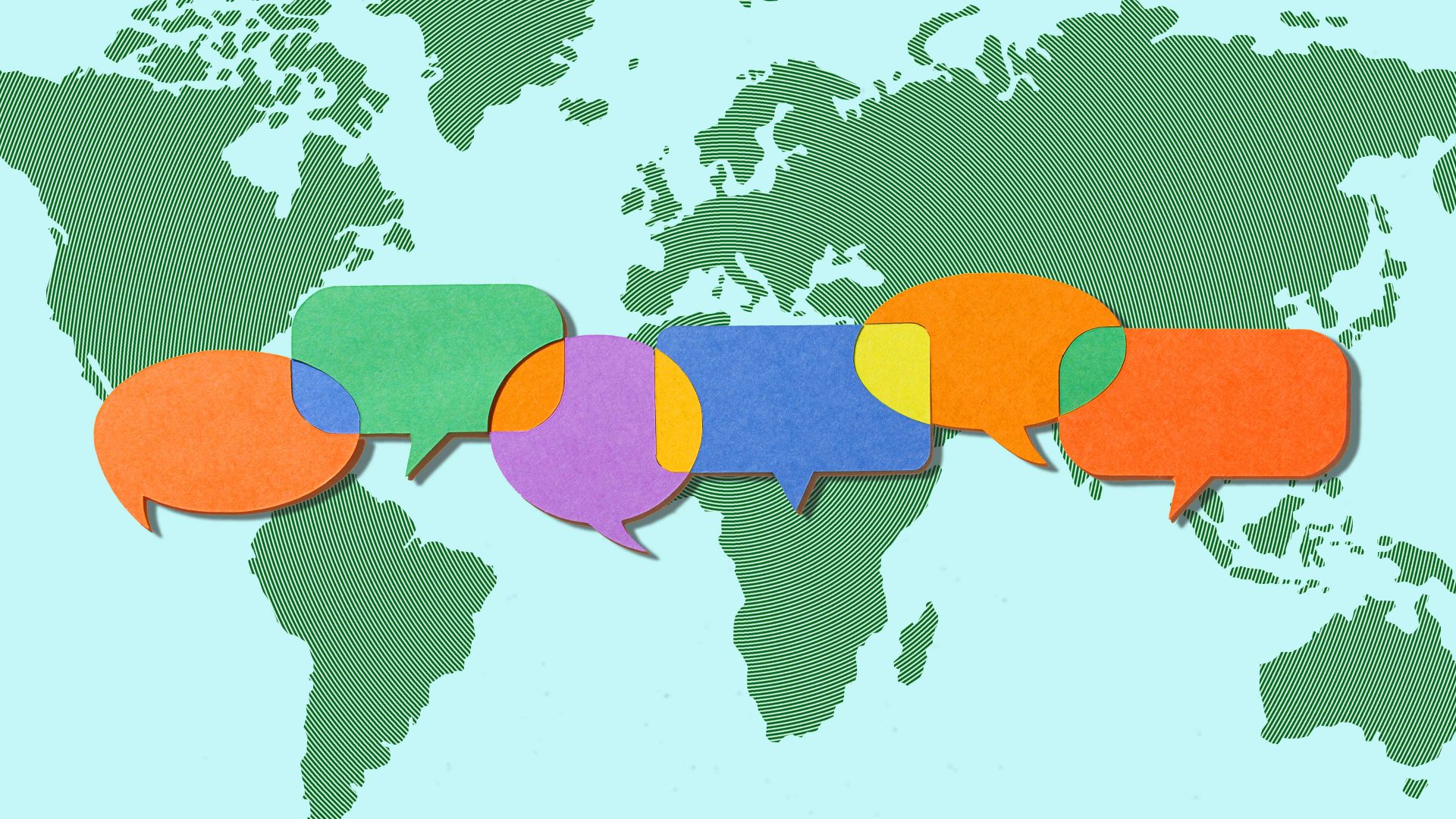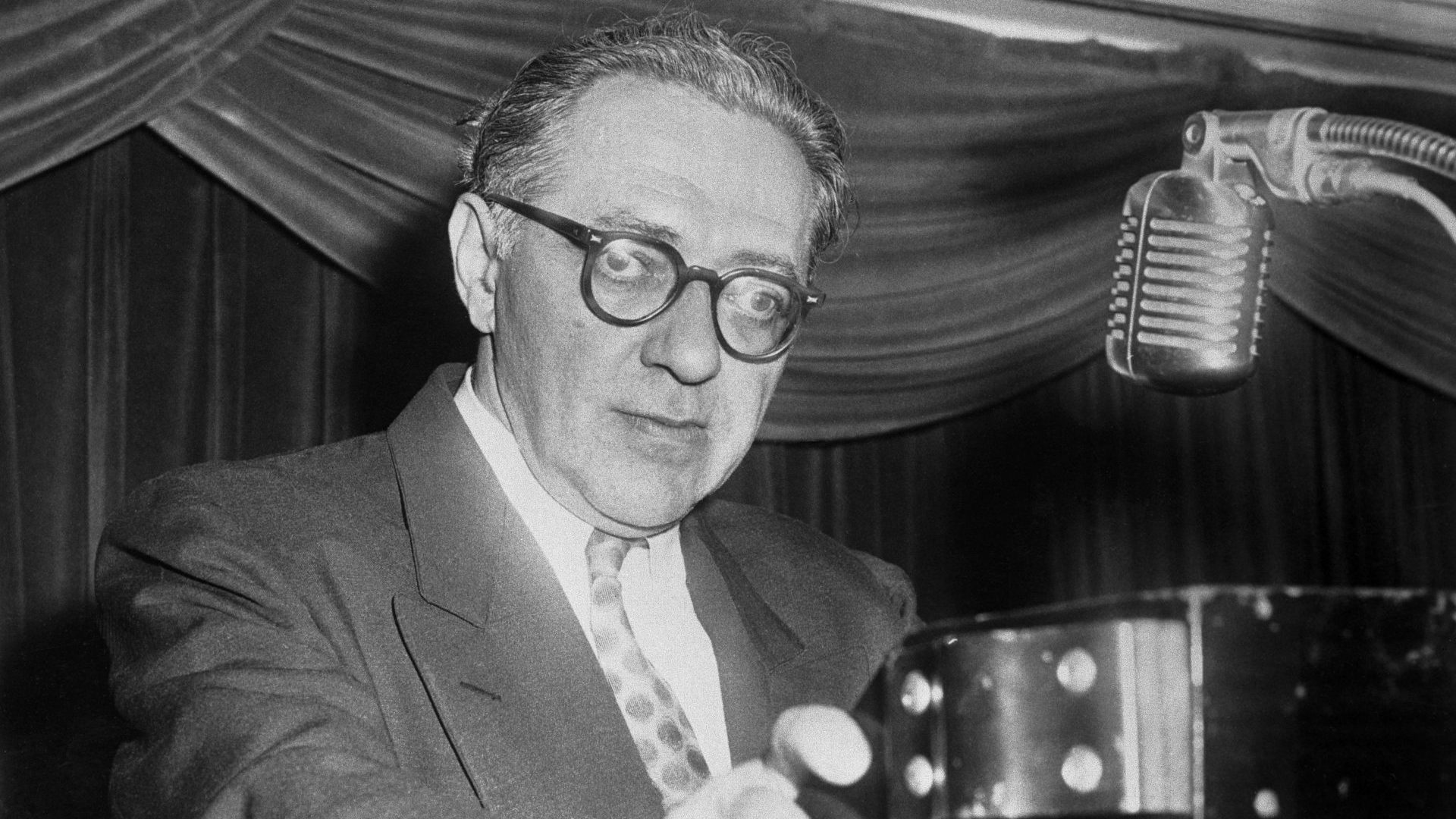Languages are not geographically static – they can travel from place to place. Three hundred years ago there was no English in Australia; now it is the majority language there. Two thousand years ago there was plenty of Welsh spoken in Essex; now it has gone.
There are two self-evident ways in which languages can migrate like this. The most obvious explanation for a language moving is that its speakers relocate. The English language arrived in Australia because, in the 18th century, English-speaking people from Britain travelled across the world into the southern hemisphere and on to Australia, taking their language with them.
Similarly, there is no Welsh in Essex now because during the 5th and 6th centuries, under pressure from invading Anglo-Saxons, speakers of the language ancestral to Modern Welsh left eastern Britain and headed westwards, away from the invaders.
But there is another mechanism which can lead to the geographical migration of languages: they can also, to an extent, move without any people actually changing location. Languages can spread from one place to another by means of a gradual process whereby people adopt the language of their neighbours as a result of interaction with them, and so abandon their own tongue.
This kind of transcultural diffusion through face-to-face contact with nearby groups, without any actual migration taking place, can affect not only language but also other cultural phenomena. Inventions such as the bow and arrow might be learned from neighbours and spread in this way.
Much of the movement of the Scots language northwards into the Gaelic-speaking areas of Scotland seems to have been of this person-to-person gradual infiltration type, as in part does the spread of English into Cornwall.
Another classic example is the way in which the French-Flemish language border in northern France has very slowly shifted eastwards along the coast over the last 1,500 years. In 700AD, Boulogne, Étaples, Montreuil, Calais and Lille were all Flemish/Dutch speaking. Over the centuries, first Boulogne, then Calais, and then Dunkirk switched from Flemish to French; and now Flemish in France is increasingly confined to a relatively small area around Hazebrouck, close to the Belgian border. The main driver for this process was once again transcultural diffusion: a language moved without there having been any significant movement of people.
Similarly, Romansh, the fourth official language of Switzerland along with German, French and Italian, is now confined to some of the south-eastern valleys of the country. The geographical base of the language has been gradually shrinking over many centuries. As relatively recently as 1000AD, Romansh was spoken from the shores of Lake Constance on the German border southwards into areas which are now part of northern Italy, and eastwards into territory which now includes Liechtenstein and parts of the Austrian Tyrol.
The reduction in size of the Romansh-speaking territory has mainly been due not to population movement but to the fact that individual Romansh speakers living near to German-speaking communities started employing the language of their neighbours more and more often as a result of influence due to geographical proximity and perhaps other factors like prestige and utility. Over time this led to more frequent contact, interaction, trading and intermarriage, and so to the gradual abandonment of the ancestral tongue.
LANGUAGE ISLANDS
Romansh’s current geographical distribution is confined to two major areas, one in the mountain valley of the River Inn, the other the high valley of the Upper Rhine. These two areas are now language islands, having been separated from one another through the spread of Swiss German outwards from the town of Chur.




